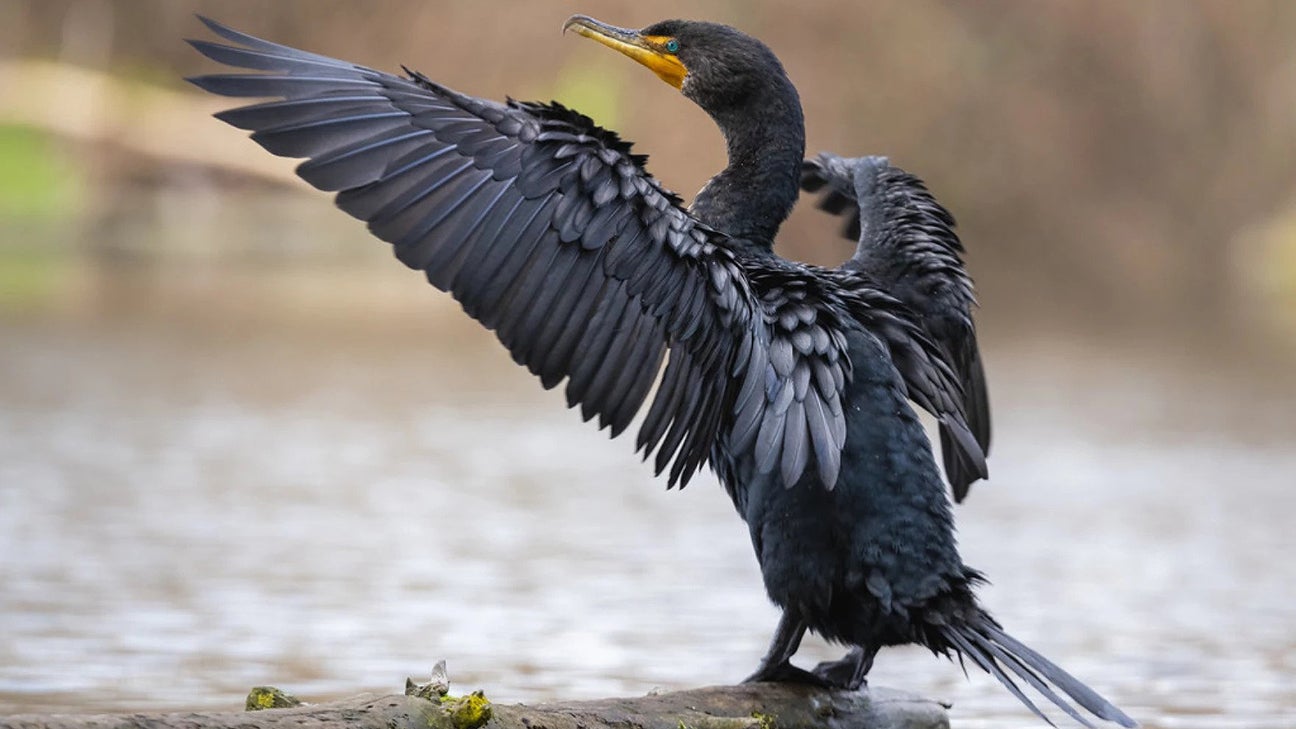US Senate considers legislation to protect catfish against predators
Published 1:00 pm Friday, March 26, 2021

- File photo / Double-crested cormorant
Legislation was introduced Thursday in the United States Senate to increase the ability of catfish farmers and other aquaculture producers to cull predatory double-crested cormorant populations.
The Cormorant Relief Act — S.1050 — was introduced by Sen. Cindy Hyde-Smith (R-Miss.), of Brookhaven, along with Sen. Tom Cotton (R-Ark.) and Sen. Tommy Tuberville (R-Ala.). The act would restore U.S. Fish and Wildlife Service regulations from 2014 to allow producers to fight the cormorants, which threaten the livelihoods of aquaculture operations in Mississippi, Arkansas, Alabama and other states.
“Bird predation costs producers millions of dollars every year. More must be done to give catfish growers and other aquaculture producers greater flexibility to undertake responsible management activities to control cormorant populations. This legislation would allow producers to stem losses associated with these birds,” Hyde-Smith said.
Cormorant populations have increased dramatically in recent decades to more than 1.03 million birds. These large water birds that feast primarily on fish cause substantial damage and disruption to aquaculture and fishery operations. Ironically, efficient production practices by fish farmers make the ponds highly susceptible to bird predation, particularly by cormorants.
A two-year study published in 2012 of double-crested cormorant feeding on farm-raised catfish in Mississippi during the winter months found that cormorant depredation represents an annual estimated economic loss of $34.3 million to $73.4 million.
A Government Accountability Office report noted, “Fish-eating birds (e.g., cormorants, herons, egrets, and pelicans) can cause severe damage at aquaculture farms, eating catfish, crawfish, salmon, bass, trout, and ornamental fish. According to a USDA National Agricultural Statistics Service (NASS) survey of catfish producers from 15 states, 69 percent reported some wildlife-caused losses, with a financial loss of $12.5 million to wildlife predation in 1996.”





